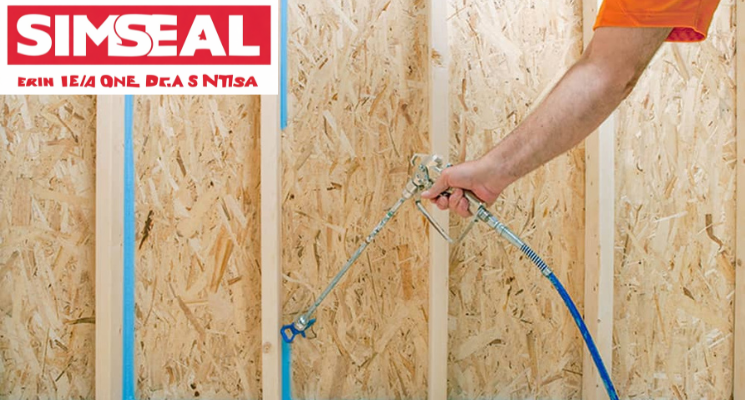Sealing Air Leaks in Australian Homes: Best Practices and Products
Air leaks in your home can lead to significant energy waste, higher utility bills, and uncomfortable drafts. Sealing air leaks is one of the simplest and most cost-effective ways to improve your home’s energy efficiency while enhancing indoor comfort. In this comprehensive guide, we’ll explore the best methods for sealing air leaks and highlight top-quality products like Simseal Gap Filler that deliver superior results for Australian homeowners.
Understanding Air Leaks in Australian Homes
Air leaks occur when outside air enters or conditioned air escapes through gaps and cracks in your home’s structure. These leaks are particularly problematic in Australia’s varied climate zones, where they can lead to:
-
Increased energy consumption (up to 25% higher according to Energy.gov.au)
-
Uneven temperatures between rooms
-
Dust and pollen infiltration
-
Higher humidity levels in coastal areas
Most Common Sources of Air Leaks
-
Windows & doors (primary source of drafts)
-
Electrical outlets & switches
-
Plumbing & ductwork penetrations
-
Attic hatches & recessed lighting
-
Skirting boards & floor gaps
Best Practices for Sealing Air Leaks
1. Conduct a Thorough Inspection
Before sealing air leaks, conduct a professional energy audit or DIY inspection using:
-
Incense sticks to detect drafts
-
Thermal leak detectors (available at Bunnings)
2. Prioritize High-Impact Areas for Sealing Leaks
Focus on these critical zones first:
-
Doors & windows (weatherstripping & caulking)
-
Attic & roof spaces (expanding foam & insulation)
-
Gaps around pipes & wiring (sealant & gaskets)
3. Select the Right Products for Sealing Leaks
Choose specialized products designed for Australian conditions:
-
Weatherstripping for movable components
-
High-quality caulking like Simseal Gap Filler for stationary gaps
-
Expanding foam for large penetrations
-
Door sweeps for exterior door gaps
Premium Products for Sealing Leaks
1. Simseal Gap Filler: The Ultimate Solution for Sealing Leaks
Simseal Gap Filler Multipurpose Acrylic Sealant is specially formulated for Australian homes, offering:
✔ Superior adhesion to common building materials
✔ Excellent flexibility to withstand temperature changes
✔ Paintable finish for seamless integration
✔ Long-lasting performance (5+ year durability)
Best applications for sealing air leaks:
-
Window and door frames
-
Skirting board gaps
-
Wall cracks and small holes
-
Plumbing and electrical penetrations
2. Weatherstripping Solutions
Self-adhesive foam or rubber strips effectively seal movable gaps. Compare options at Mitre 10’s sealing products range.
3. Expanding Foam Insulation
Ideal for larger gaps around pipes and attic penetrations. Available at Beacon Lighting’s insulation section.
4. Comprehensive Door Sealing Kits
Complete solutions for exterior doors at Bunnings’ weatherproofing aisle.
Expert Tips for Effective Air Leak Sealing
✔ Proper surface preparation is crucial – clean and dry all areas
✔ Apply products at optimal temperatures (15-30°C)
✔ Follow manufacturer curing times for best results
✔ Inspect annually and reseal as needed
Why Properly Sealing Air Leaks Matters
-
Energy savings: Reduce heating/cooling costs by 15-25%
-
Improved comfort: Eliminate drafts and temperature fluctuations
-
Better air quality: Reduce dust and allergen infiltration
-
Increased home value: Better energy efficiency ratings
Final Recommendations for Sealing Air Leaks
For the most effective and long-lasting solution to air leaks, we recommend starting with Simseal Gap Filler for stationary gaps, complemented by quality weatherstripping for movable components. This combination provides comprehensive protection against air leaks in Australian homes.
🔗 Browse Simseal’s complete range of air leak sealing solutions and take the first step toward a more energy-efficient home today.
All products mentioned meet Australian Standards for energy efficiency and building performance.


Recent Comments